- 02 9712 1736
- [email protected]
- 212 Great North Road, Five Dock, NSW 2046
- Open 7 days a week
Have you ever wondered why some people recover from injuries faster than others, or why your own healing seems inconsistent? The answer likely lies not just in the injury itself, but in the sophisticated network orchestrating your entire healing process—your nervous system. This blog post will transform your understanding of how your body heals by revealing the critical role your nervous system plays in recovery, knowledge that can help you heal faster, more completely, and with less pain.
Whether you’re currently recovering from an injury, working in healthcare, or simply interested in optimizing your body’s natural healing capabilities, this knowledge represents a paradigm shift in how you approach recovery. The human body is remarkably complex, with various systems working together to maintain health and recover from injuries. Among these systems, the nervous system stands out as a critical coordinator in the healing process—your body’s hidden healing director that, when properly supported, can dramatically improve recovery outcomes.
As you journey through this article, you’ll discover not just theoretical knowledge but actionable insights that can be applied immediately to enhance your body’s natural healing processes. When you understand and support your nervous system, you unlock your body’s full healing potential—potentially reducing recovery times, preventing chronic issues, and achieving more complete restoration of function.
Your nervous system is the master conductor of your body’s healing processes. This intricate network of neurons doesn’t just sense pain—it orchestrates every phase of recovery. From the moment an injury occurs, your nervous system triggers protective responses like muscle guarding and inflammation. Throughout healing, it directs immune cells, regulates tissue repair, and gradually restores normal function. Healthcare providers like chiropractors and osteopaths can enhance healing by optimizing nervous system function through treatments that affect pain signaling and promote parasympathetic (rest-and-digest) dominance. You can support your nervous system through stress management, proper nutrition, and quality sleep. Understanding this crucial connection empowers you to make informed choices about injury recovery and overall wellness.
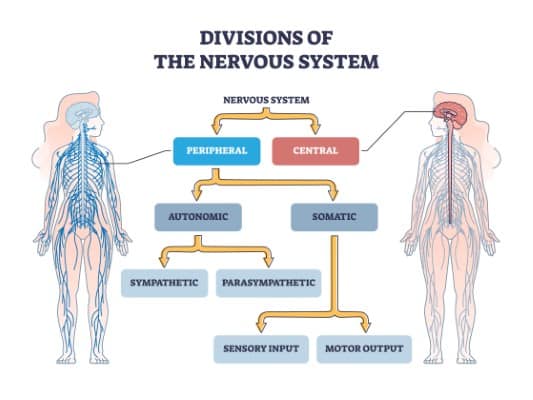
The nervous system serves as your body’s communication network, transmitting signals between different body parts to coordinate functions and responses. It consists of two main components:
Together, these components enable everything from conscious movements to automatic functions like breathing and digestion. The nervous system uses specialized cells called neurons to transmit electrical and chemical signals. With approximately 86 billion neurons in the brain alone and countless connections between them, this network allows for incredibly sophisticated control over bodily functions.
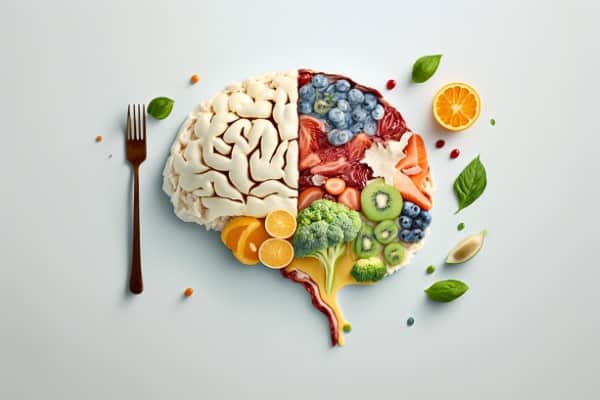
A well-functioning nervous system maintains homeostasis—the stable internal environment necessary for optimal health. It regulates:
Research published in the Journal of Neurophysiology indicates that optimal nervous system function correlates with enhanced immune responses and overall health outcomes. Your nervous system operates through two complementary branches of the autonomic nervous system:
The balance between these two systems significantly impacts healing capacity. Studies show that when the parasympathetic system is activated, blood flow to tissues increases by up to 30%, delivering more oxygen and nutrients to damaged areas.
When you experience an injury, your nervous system immediately launches a coordinated response:
Pain receptors (nociceptors) detect tissue damage and send signals to the spinal cord and brain through nerve fibres. This communication happens remarkably fast—within fractions of a second—alerting you to potential harm and preventing further damage.
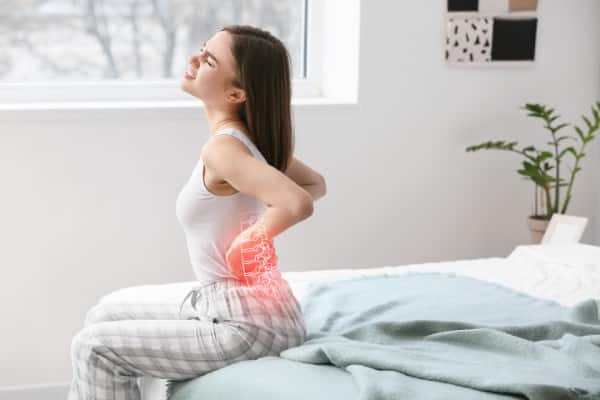
The nervous system initiates protective responses:
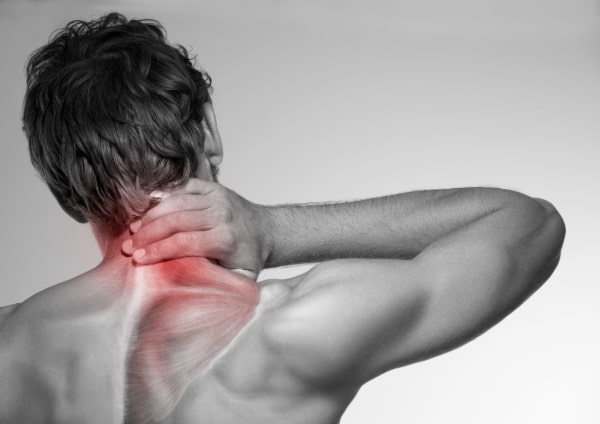
The nervous system plays a crucial role in directing inflammation—a necessary part of healing:
According to research in Frontiers in Neuroscience, neural signals can increase immune cell activity by up to 45% in injured areas, highlighting the intimate connection between nervous system function and immune response.
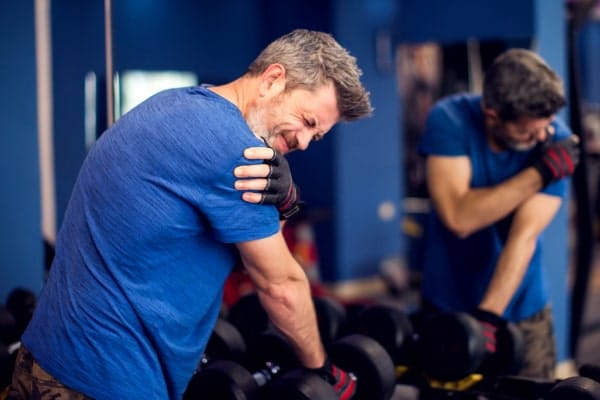
When you experience an injury, your nervous system immediately launches a coordinated response:
During this initial stage, your nervous system:
The Journal of Orthopaedic Research notes that this inflammatory stage typically lasts 2-4 days, with blood flow to the injured area increasing by up to 300%.
As healing progresses, your nervous system:
Research published in the American Journal of Physical Medicine suggests that proper neural guidance during this phase can improve tissue strength by up to 60%.
In this final stage, your nervous system:
Studies show that appropriate neural input during this phase can reduce re-injury rates by approximately 40%.
Healthcare practitioners like chiropractors and osteopaths focus on optimizing neuromusculoskeletal function through various approaches:

Research published in the Journal of Manipulative Physiological Therapeutics demonstrates that spinal adjustments can influence nervous system function in several ways:
A 2022 study in BMC Musculoskeletal Disorders used functional MRI scans to show decreased activity in pain-processing brain regions following spinal manipulation.

Manual therapy techniques can:
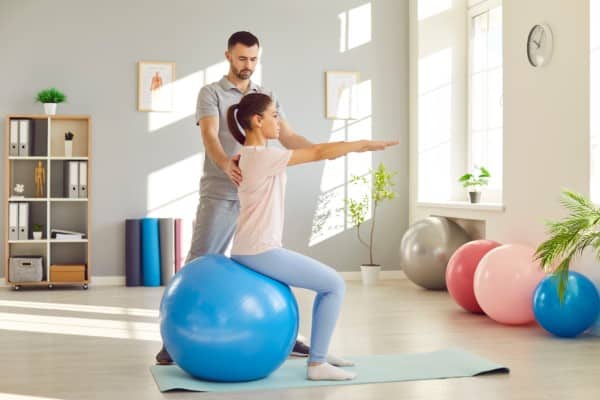
Many practitioners incorporate exercises that enhance nervous system awareness and control:
These approaches help restore optimal nervous system function to injured areas, improving overall recovery outcomes.
When you sprain an ankle, nerve damage occurs alongside ligament tears, disrupting your position sense. Research shows that rehabilitation focusing on proprioceptive training—essentially retraining the nervous system—can improve recovery time from the typical 6 weeks to just 3-4 weeks.
Many back pain cases involve restricted nerve movement within the spine, creating persistent pain cycles. Treatments focused on improving nerve mobility show success rates of approximately 75%, with patients reporting pain reduction within just a few sessions.
Studies published in the Journal of Behavioral Medicine demonstrate that psychological stress—processed through the nervous system—can delay wound healing by up to 40%. This underscores how significantly your mental state and nervous system function affect physical recovery.
There are several approaches you can take to optimize your nervous system function and support healing:
Consider working with healthcare providers who understand the nervous system’s role in recovery:
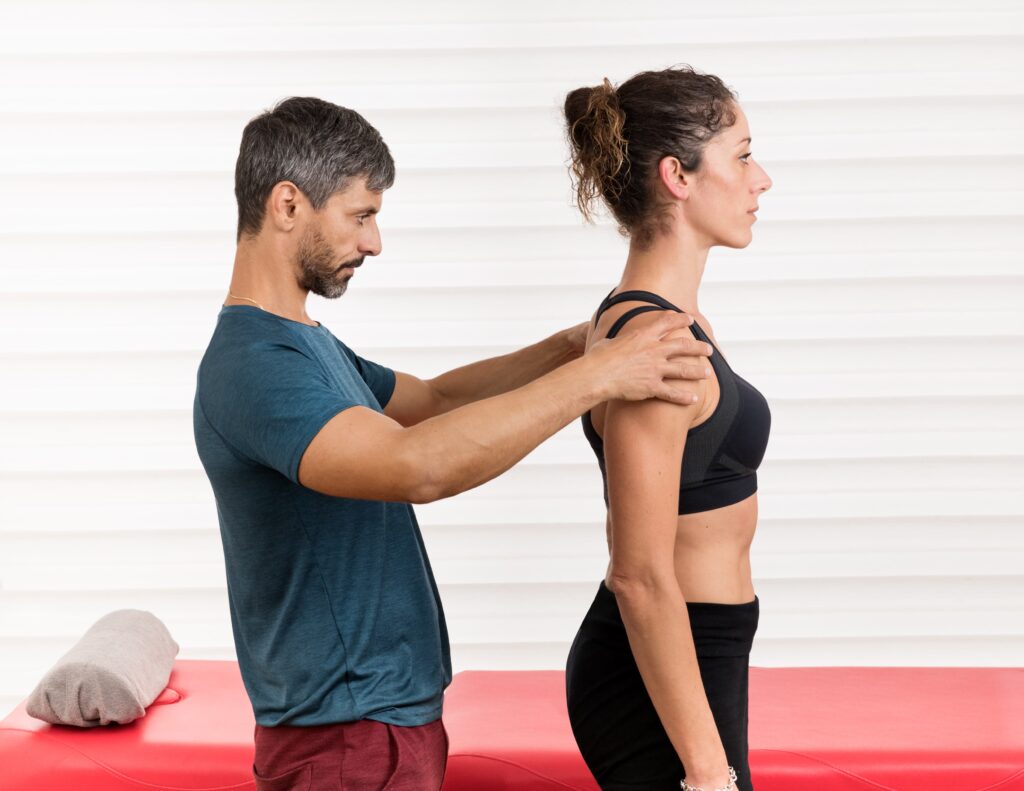
Since chronic stress keeps your sympathetic nervous system activated (fight-or-flight mode), implementing stress reduction techniques can significantly improve healing:
Research shows that even brief daily relaxation practices can improve healing markers by approximately 30%.

Your nervous system performs critical healing functions during sleep. Growth hormone—essential for tissue repair—increases by up to 300% during deep sleep. Prioritizing 7-9 hours of quality sleep allows your nervous system to coordinate healing processes effectively.

Your nervous system serves as the master coordinator of your body’s healing processes, influencing everything from initial injury response to final tissue remodelling. Understanding this crucial relationship enables you to make informed choices about injury care and recovery support.
Whether through professional intervention, lifestyle modifications, or targeted self-care practices, supporting your nervous system function can significantly enhance your body’s natural healing abilities. So next time you experience an injury or are working through the recovery process, remember your nervous system’s powerful influence on the healing process—it is the hidden coordinator of the healing process.
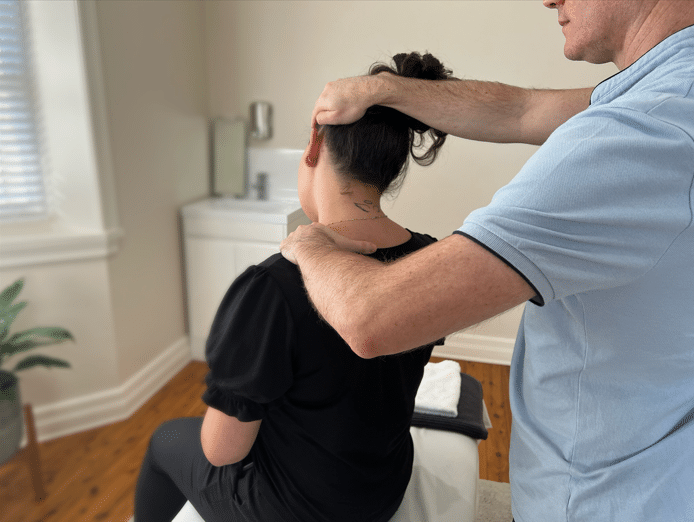
Forest Lodge, Annandale, Glebe, Leichhardt, Balmain, Haberfield, Canada Bay, Rozelle, Rodd Point, Wareemba, Stanmore, Petersham, Lilyfield, Hunters Hill, Enfield, Cabarita, Mortlake, Rhodes, Burwood Heights, Birchgrove, Gladesville, Huntleys Point, Abbotsford, Ashfield, Croydon Park, Croydon, Chiswick, Russell Lea, Burwood, Strathfield, Concord, Drummoyne, North Strathfield, Liberty Grove, Dulwich Hill, Lewisham, Camperdown, Ashbury, Homebush, Homebush West, Woolwich, Henley, Summer Hill, Sydney Olympic Park

About
Five Dock Osteopathic & Chiropractic is located in Canada Bay, in Sydney’s Inner West. Servicing suburbs including Burwood, Croydon, Drummoyne, Five Dock, Haberfield, Concord, Abbotsford, Chiswick, Leichhardt, Wareemba, Russell Lea, Summer Hill, Strathfield.
Clinic hours
Monday, Tuesday, Thursday 7AM – 7PM
Wednesday, Friday 7AM – 6PM
Saturday 7AM – 2PM
Sunday 8AM – 2PM
Contact details